English Pale Ale Beer Kit
Brand : Brewers Best
- SKU:
- 1006
- UPC:
- 888690010062
- Shipping:
- Calculated at Checkout

Experience the delight of brewing your own English Pale Ale with the Brewer's Best English Pale Ale Beer Kit. This beer kit is perfect for those who appreciate the classic English style, offering a medium-high bitterness that sits perfectly above a foundation of caramel maltiness. The unique hop character is imparted by a heavy bittering addition, ensuring a well-balanced and highly drinkable special bitter.
The Brewer's Best English Pale Ale Beer Kit is easy to use, even for beginners. It produces a beer with an International Bitterness Units (IBUs) range of 40 - 44, an Original Gravity (OG) of 1.042 - 1.046, and a Final Gravity (FG) of 1.010 - 1.014. The Alcohol By Volume (ABV) content ranges from 4.25% - 4.5%, and the resulting brew has a beautiful pale amber color.
Whether you're a seasoned cerveza connoisseur or a novice home brewer, the Brewer's Best English Pale Ale Beer Kit offers an enjoyable brewing experience and a satisfying final product. So why wait? Start your brewing journey today with the Brewer's Best English Pale Ale Beer Kit.
- IBUs: 40 - 44
- OG: 1.042 - 1.046
- FG: 1.010 - 1.014
- ABV: 4.25% - 4.5%
- Difficulty: Easy
- Color: Pale Amber
5 GALLON KIT INCLUDES:
Fermentables
3.3 LB. LIGHT LME
2.0 LB. LIGHT DME
Specialty Grains
8 OZ. CARAMUNICH DARK
Hops
3 - 1 OZ. PACKS
Other Ingredients
11.5G YEAST SACHET
If you are making a beer kit for the first time, an equipment kit is a great and low-stress way to get all the equipment you need to make your English Pale Ale.
This Brewer's Best Equipment Kit is top of the line and comes complete for a beginner brewer.
- Equipment kit includes:
- 6.5 Gallon "Ale Pail" Primary Fermenter with Grommeted Lid
- 6.5 Gallon "Ale Pail" Bottling Bucket with Spigot
- Easy Clean No-Rinse Cleanser
- Auto-Siphon
- 5 Gallon Glass Carboy
- Plastic Paddle
- Carboy Brush
- Hydrometer
- Liquid Crystal Thermometer
- Bottle Brush
- Black Beauty Capper
- Econolock
- Drilled Bung
- Lab Thermometer
- Bottle Filler
- Siphon Hose with Shut-off Clamp
- IO-Star
- 20 qt. Brew Pot
- Equipment Instructions
Good sanitation practices are absolutely fundamental to good beer making. Five Star San is the premier sanitizer you will need to make your English Pale Ale beer kit. A great practice for extra protection is to have a spray bottle filled with sanitizing solution so you can re-sanitize everything that touches or goes near your beer. Sanitation is much more difficult with beer than wine because beer has a higher pH. Wine's high acidity makes bacterial infection less likely but with beer, one small mishap can cost you your batch.
When your English Pale Ale is done, you will need bottles. This standard 12 ounce bottle is a good choice. You will need 54 for a 5 gallon batch. Bottles do not come with caps.
The 5 gallon carboy pictured here is the standard size for your English Pale Ale beer kit. If you have never worked with a carboy, it is important to know they should not be moved full without a carboy handle or a carrier.
The pot pictured is an 8 gallon pot that is perfect for your English Pale Ale beer kit or a standard 5 gallon batch.
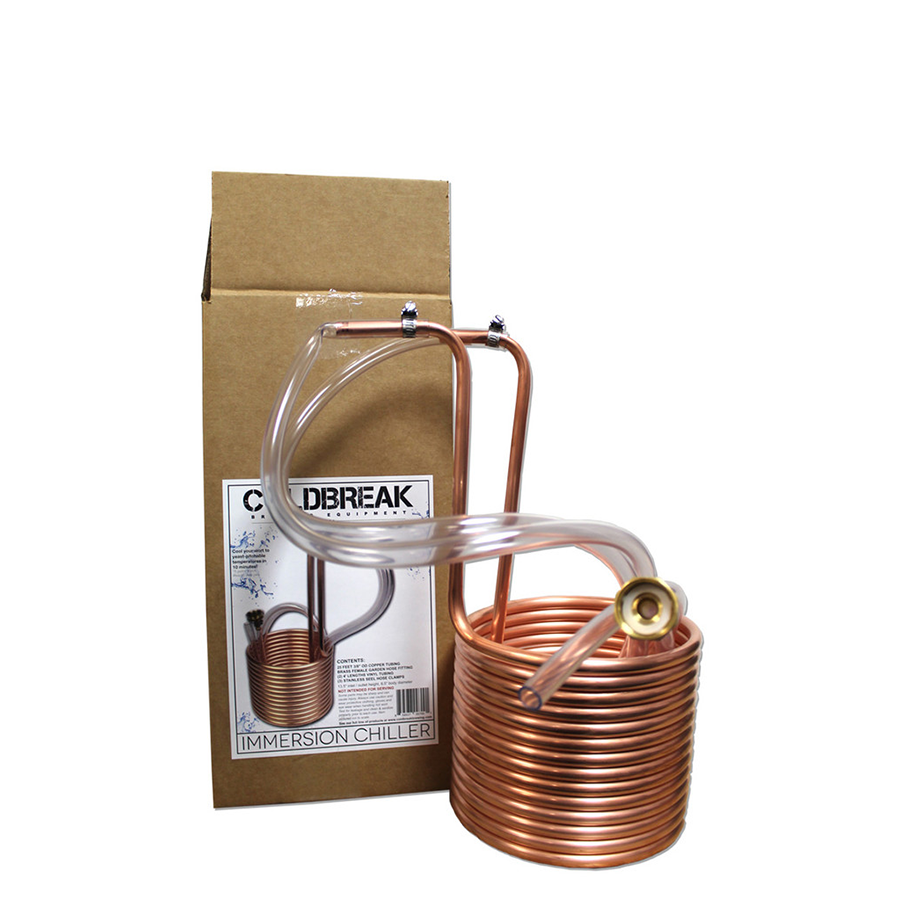 Wort Chillers and Thermometers
Wort Chillers and Thermometers
Wort Chillers and Thermometers are long term investments. It is important to chill your English Pale Ale wort quickly. The quicker you chill it the stronger the cold break will be. You also need a good thermometer that reads fast temperature fluctuations.
Auto-siphons are a great luxury item to have in your brew equipment. Once you have one you will never go without it again. Don't forget to use a heavy duty sanitizer to clean it since you don't want to replace it as often as hoses. A good sanitizer for that job is Five Star San.
The fermenter pictured here is standard for your English Pale Ale 5 gallon beer kit.
Many people reuse their hoses for far too long. Replacing your hoses often or even using as single use items is highly recommended with beer making. Hoses are very hard to clean and beer is very susceptible to bacterial infection. You do not want to risk losing your English Pale Ale over a few feet of unsanitary hose.
Pouring your English Pale Ale wort into a carboy can be tricky. Use a big funnel made just for the job. They even have different mesh screens to remove particles.
It is recommended to replace airlocks often. Because they never physically touch your English Pale Ale, the sanitation risk is too often overlooked. Bacteria can spread without physical contact in a closed environment and plastic stubbornly harbors bacteria.
Bungs and stoppers should also be periodically replaced. They can dry out and harbor bacteria.
Keeping your carboy clean before and after use is key to avoid bacterial infection in your English Pale Ale. A carboy brush is a great tool to get into those nooks and crannies.
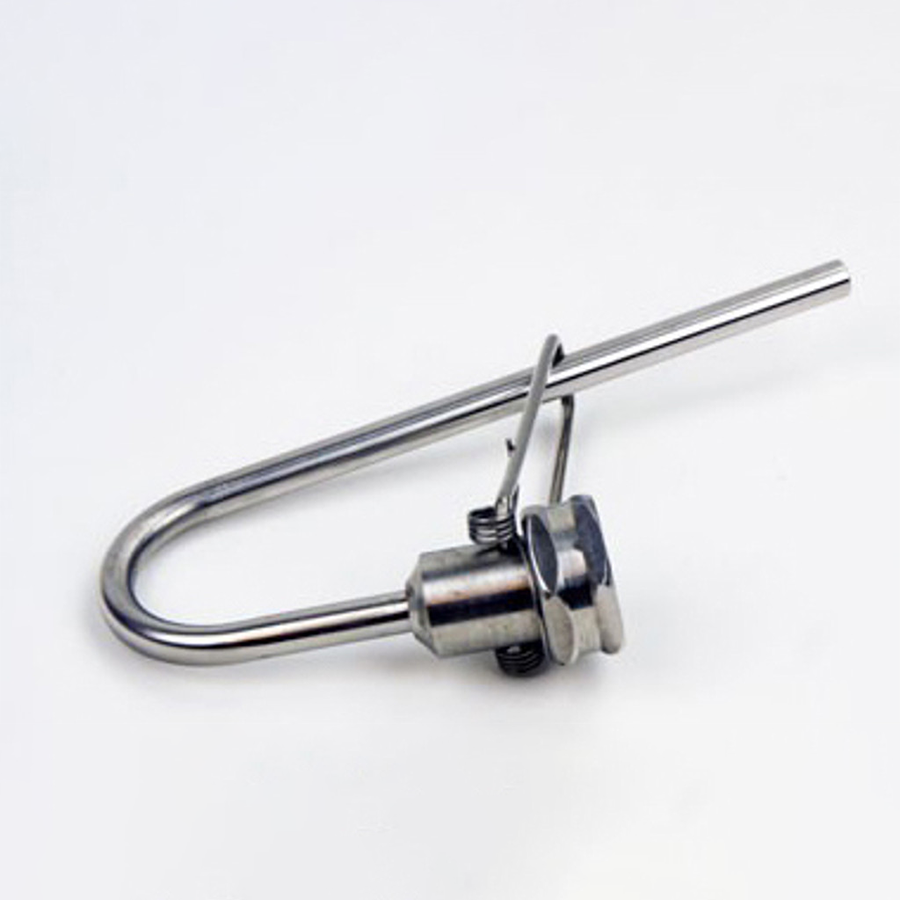 Stainless Steel Carboy and Bottle Washer
Stainless Steel Carboy and Bottle Washer
Stainless Steel Carboy and Bottle Washer is a convenient way of cleaning your bottles and/or carboys. This high quality tool will come in handy. Hooks up straight to your faucet with the bottle washer adapter (#4804) and puts out plenty of pressure to clean those stubborn stains from beer bottles that have been sitting around.
When you bottle your English Pale Ale, you will need to cap your bottles. This capper is inexpensive, easy to use and does not require attaching to a counter. It has a magnet to hold the cap in place.

DID YOU KNOW
Modern refrigeration eliminated the need for caves to store beer in the late 19th century. The first to utilize this innovation was Carl von Linde.







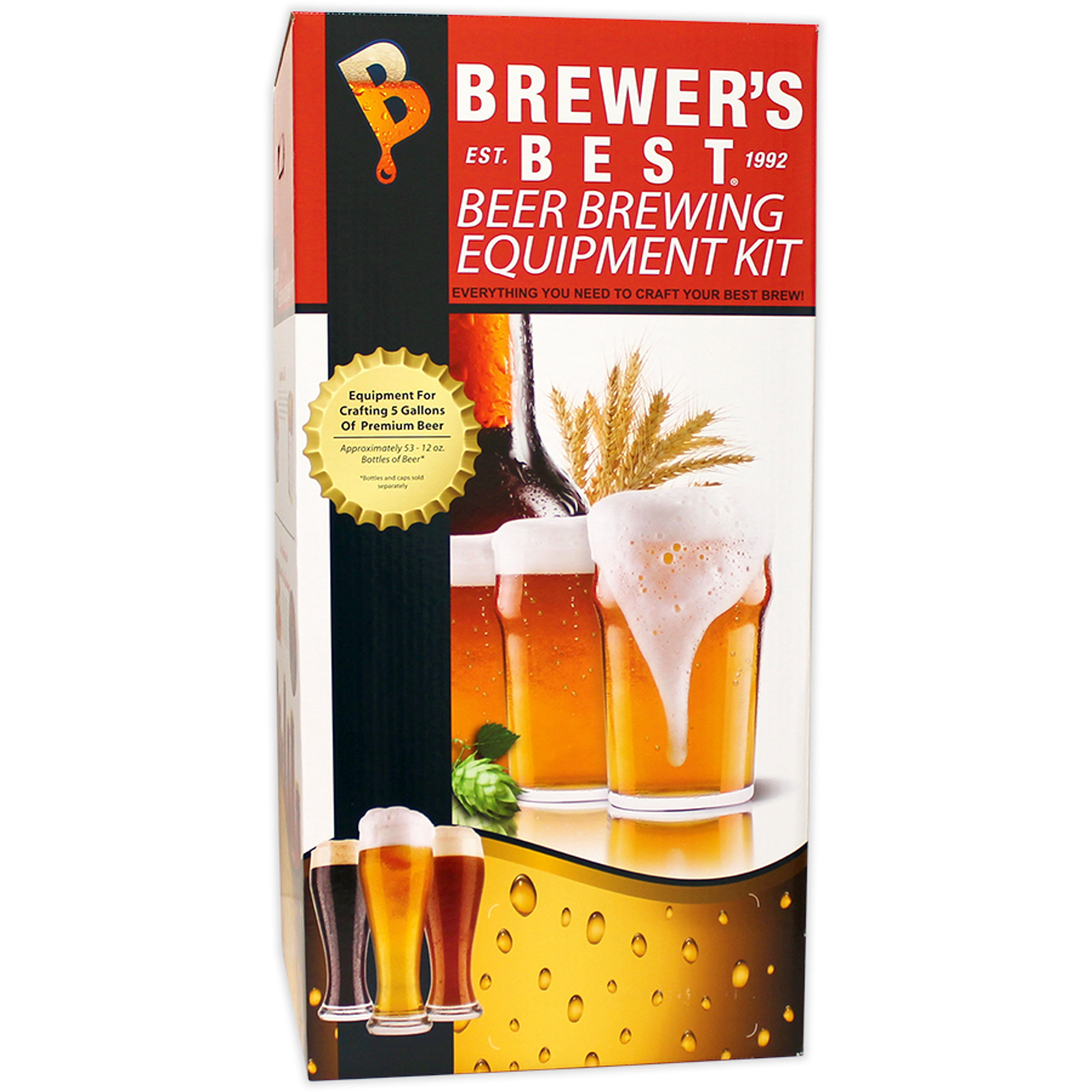
 Sanitizer
Sanitizer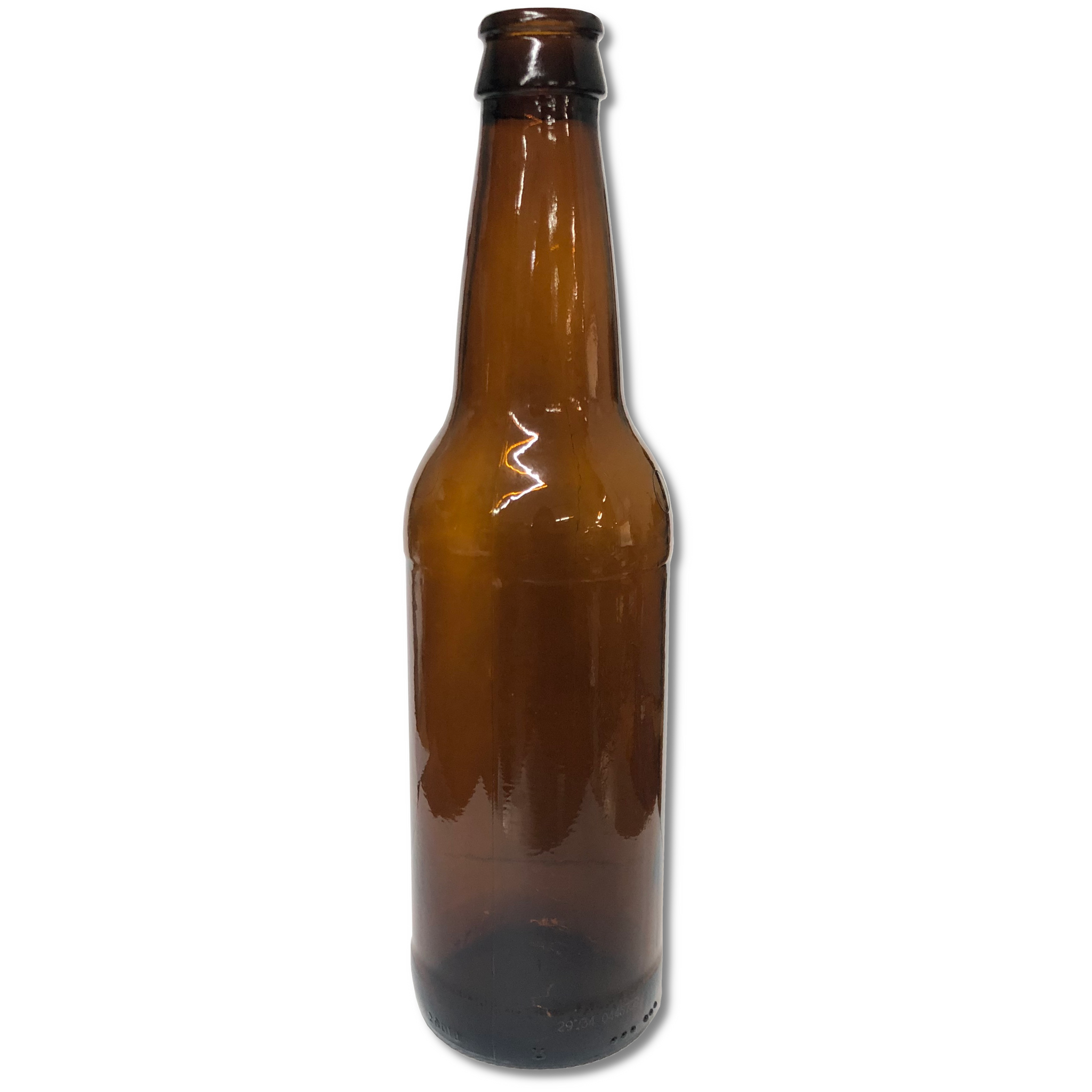 Bottles
Bottles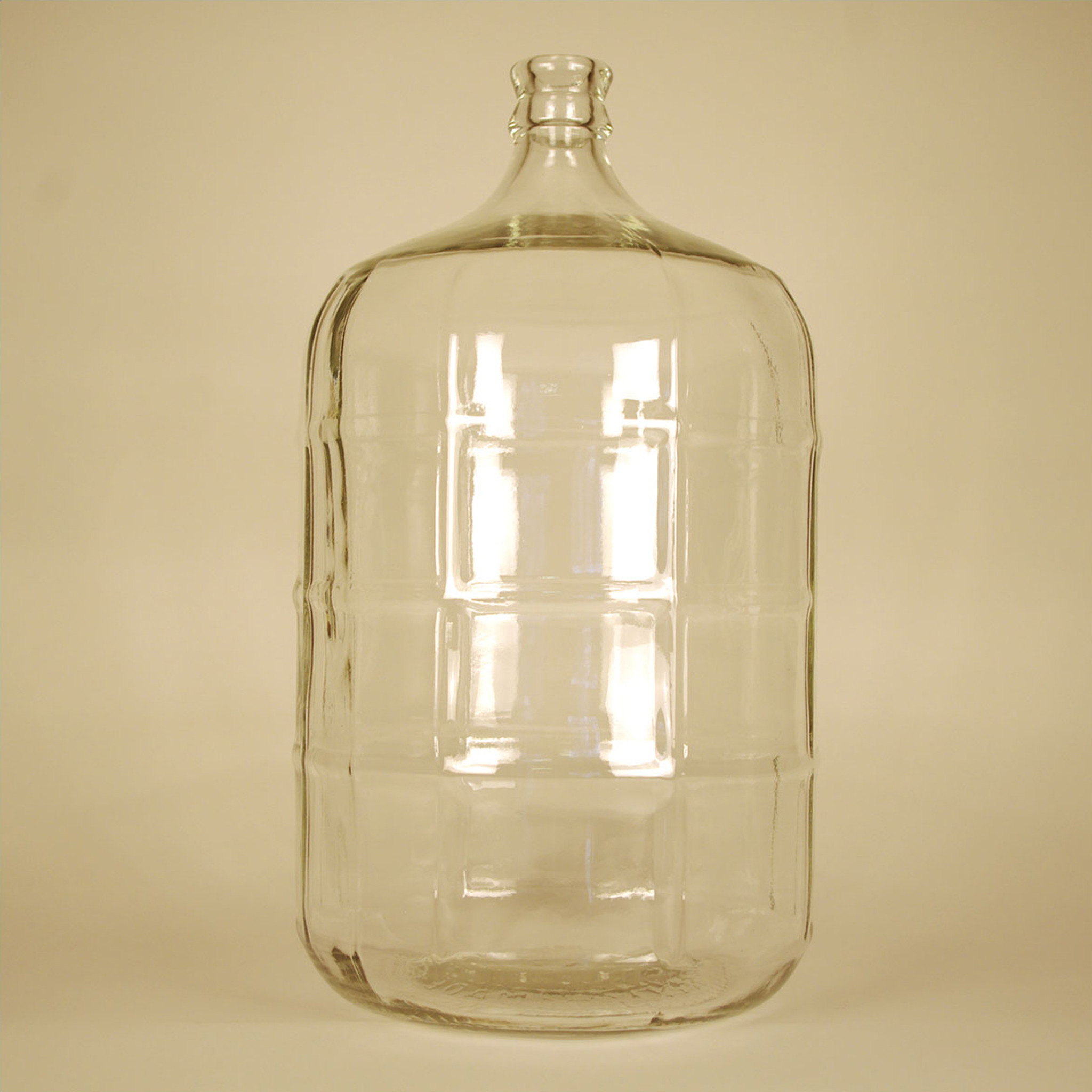
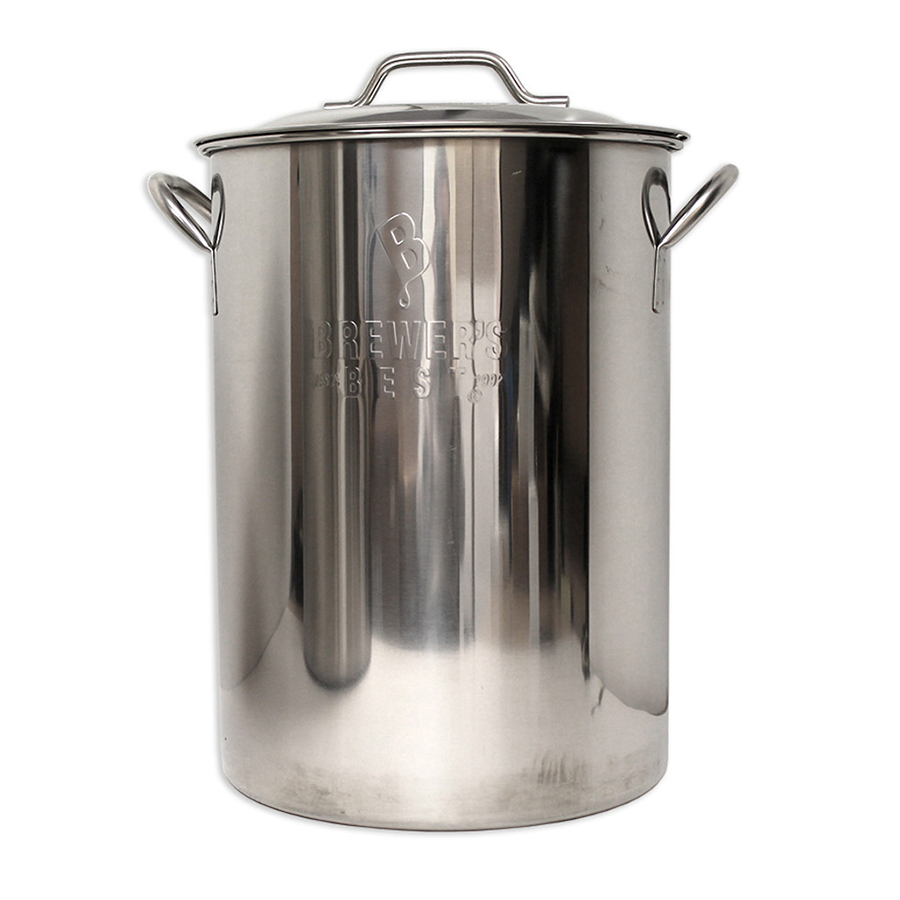 Brew Pots
Brew Pots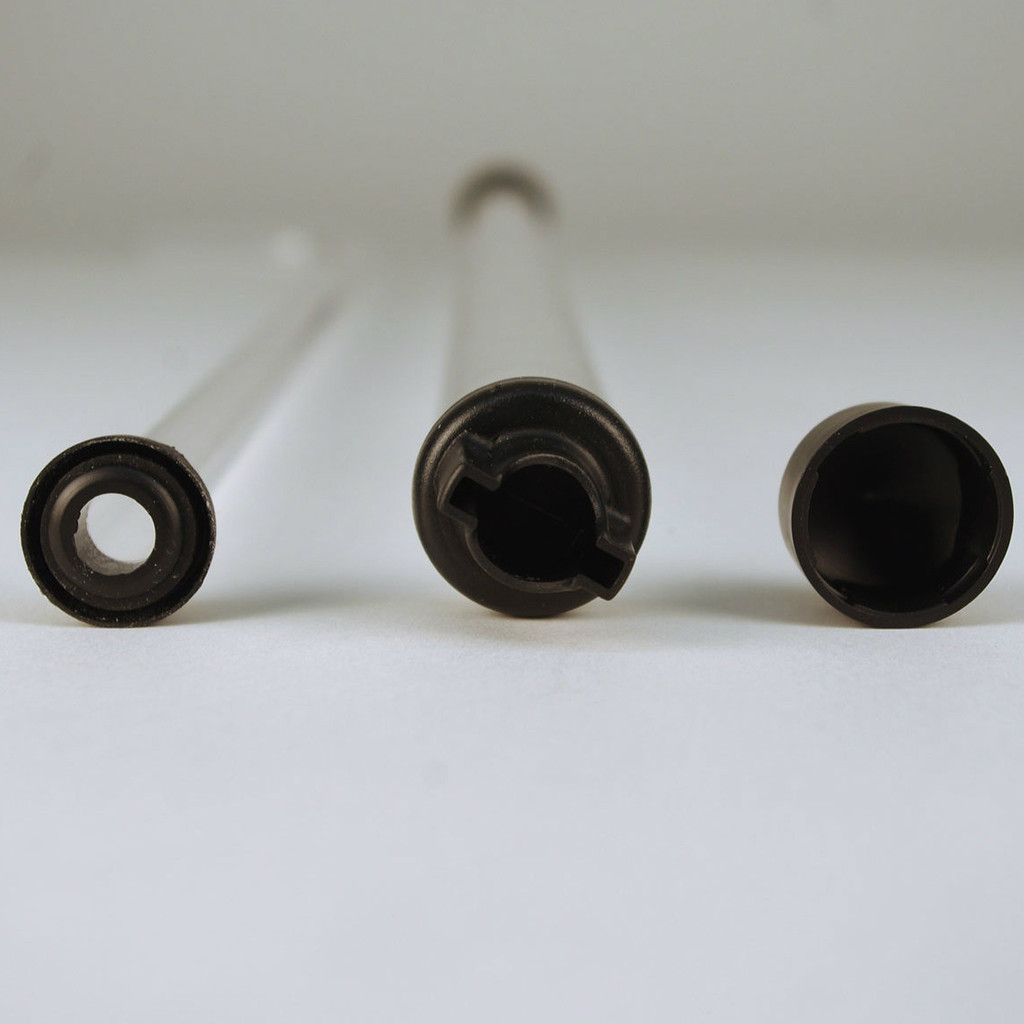 Siphons
Siphons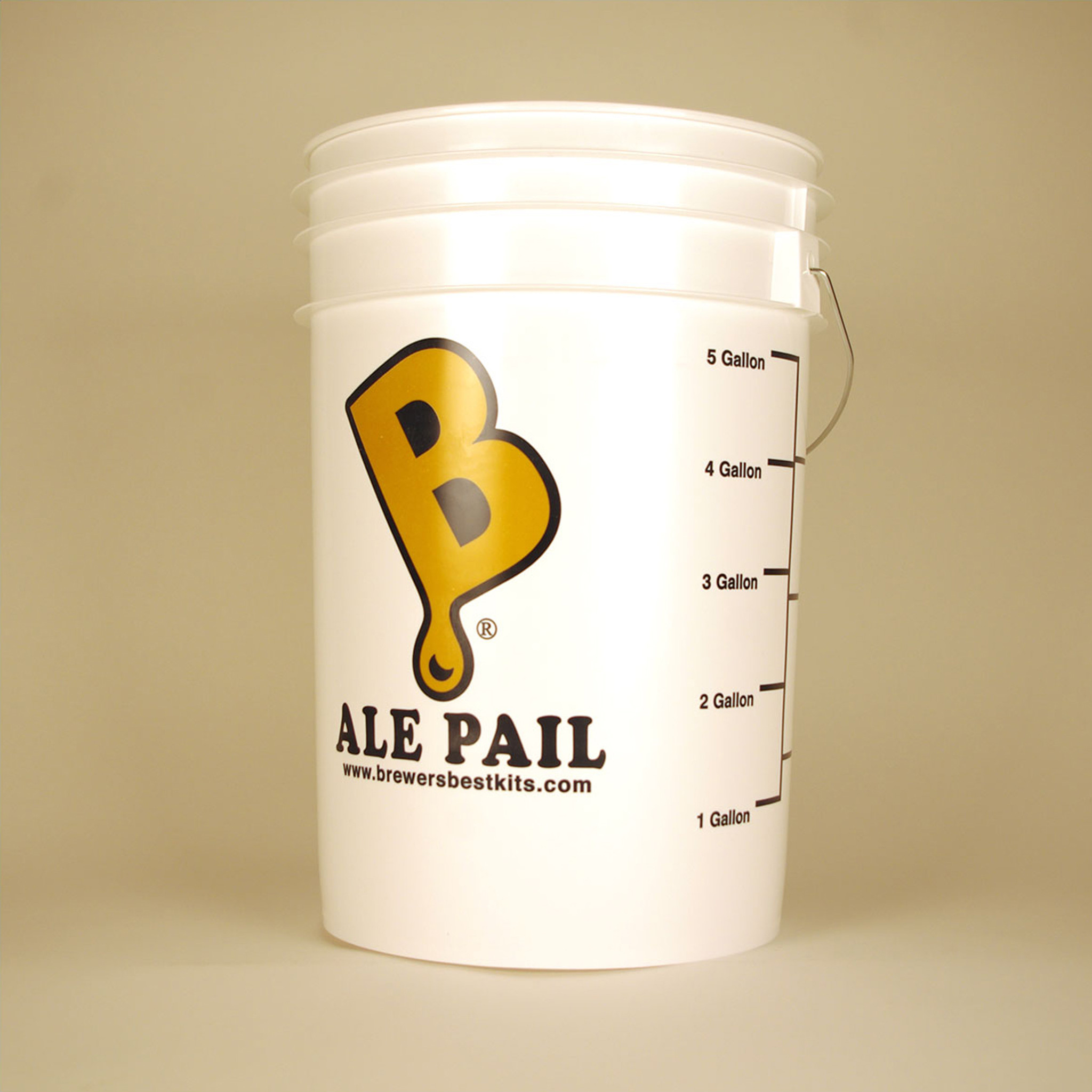
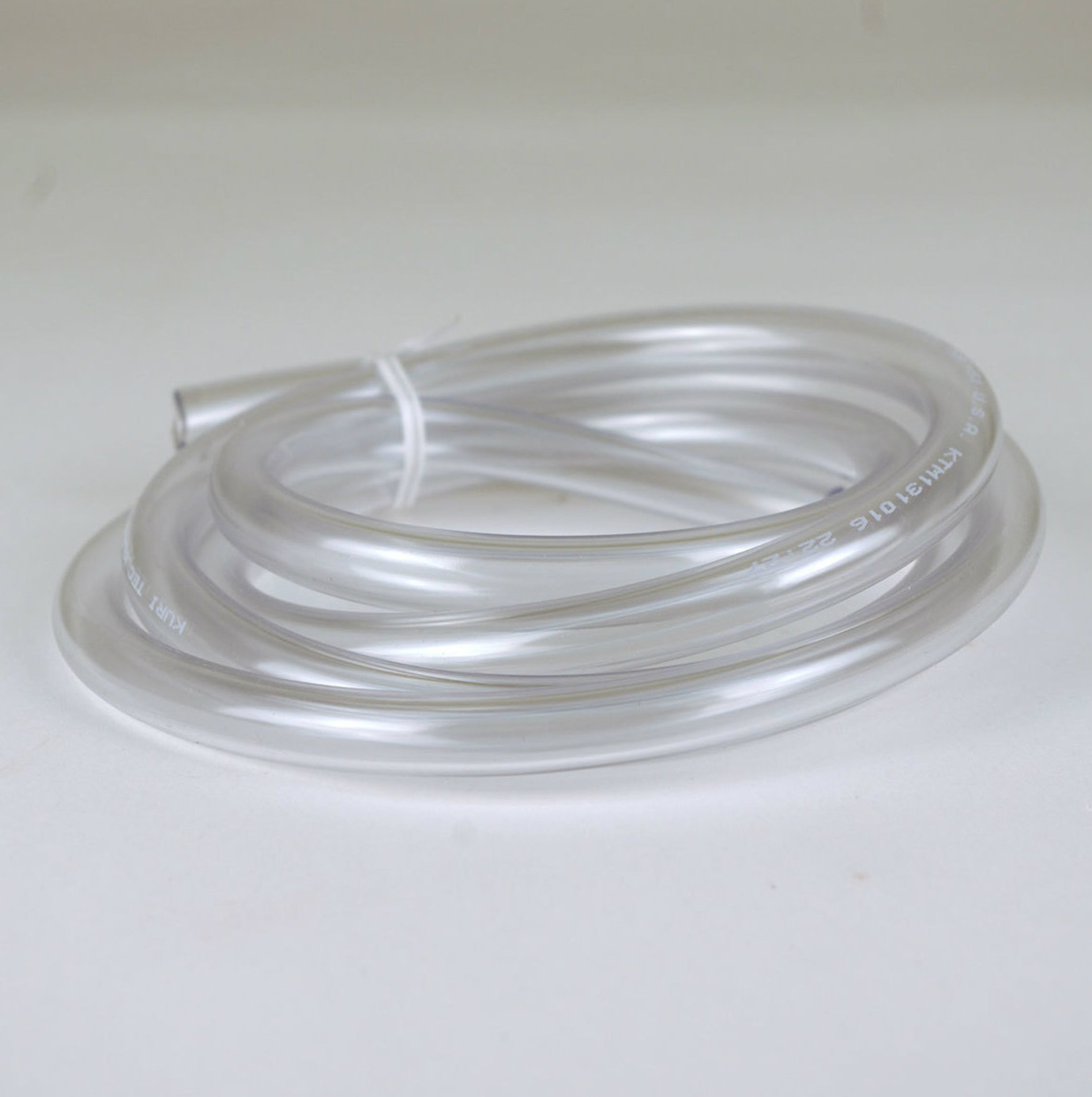 Hoses
Hoses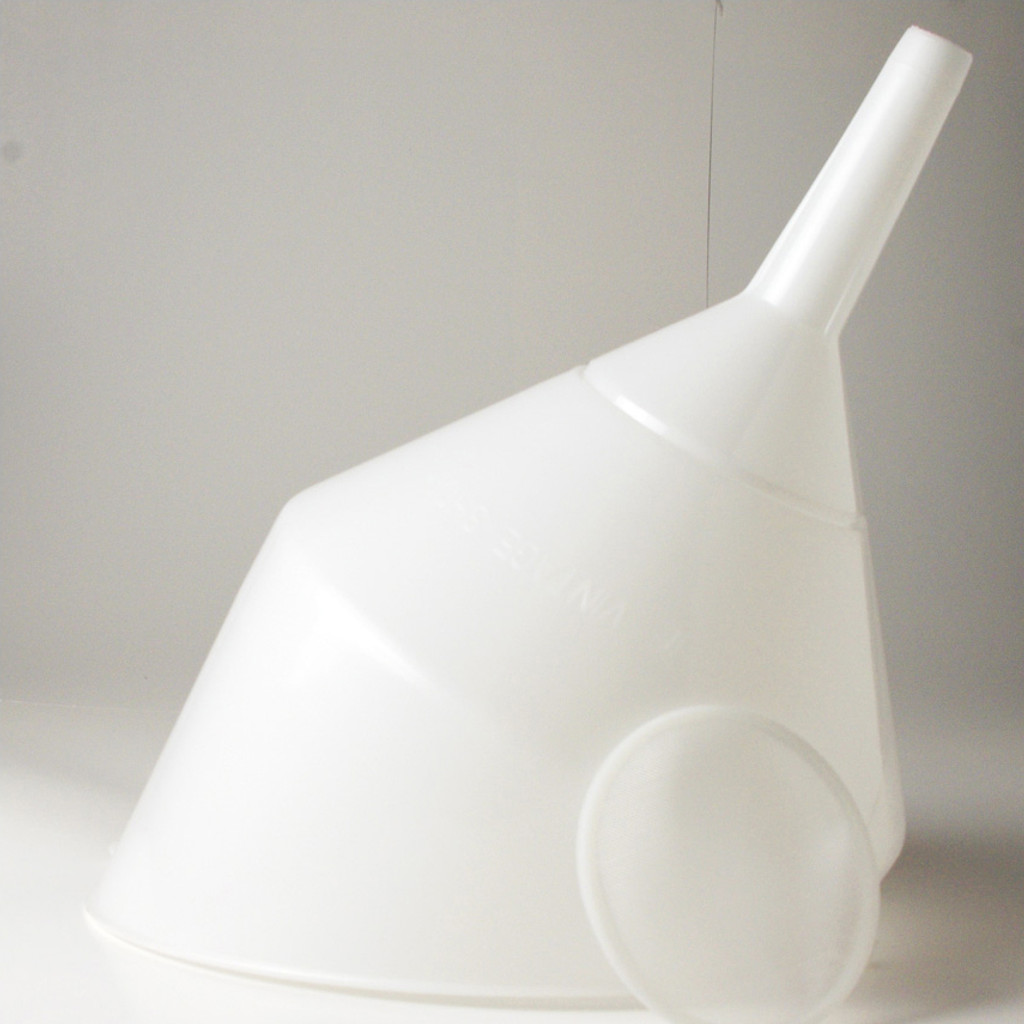 Funnels
Funnels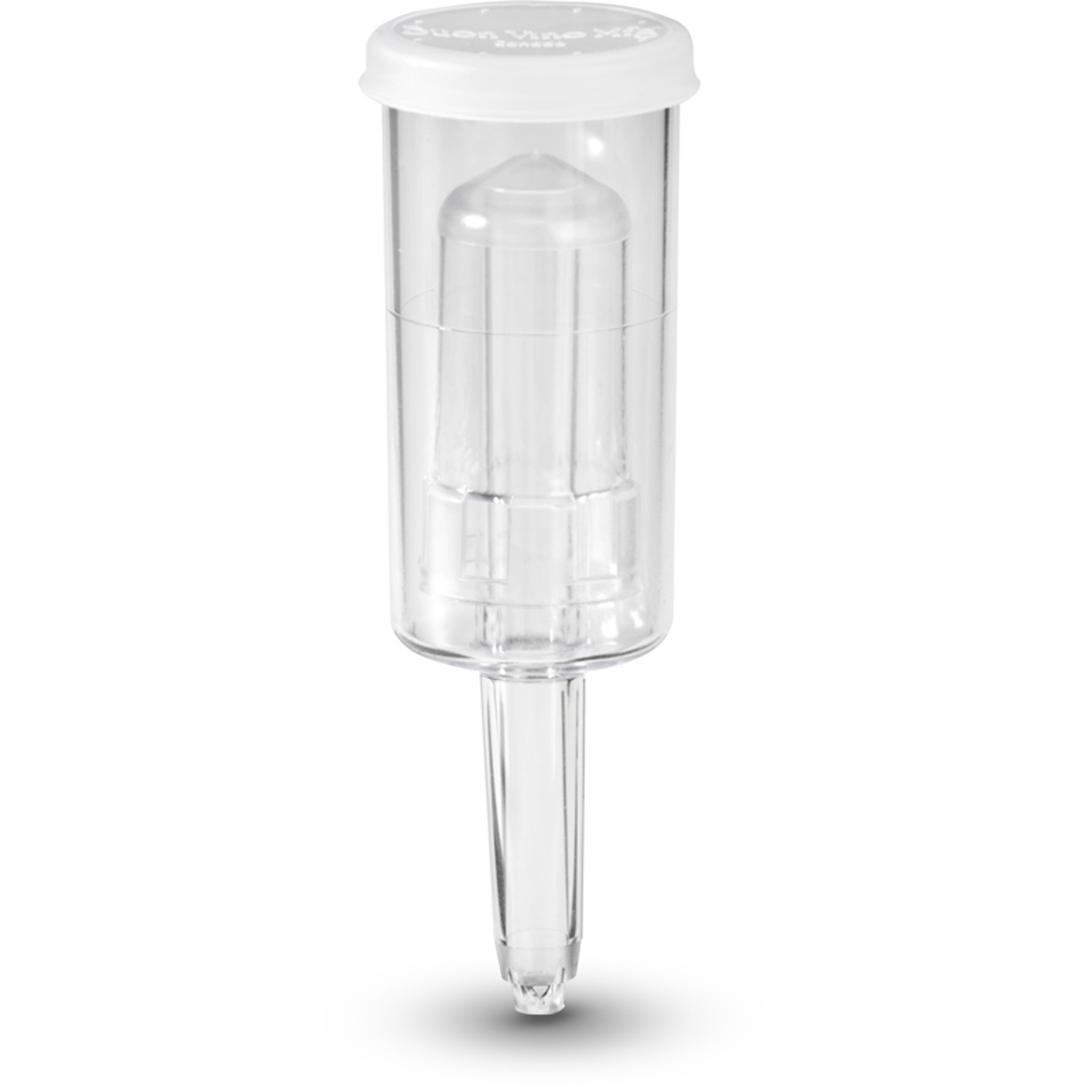 Airlocks
Airlocks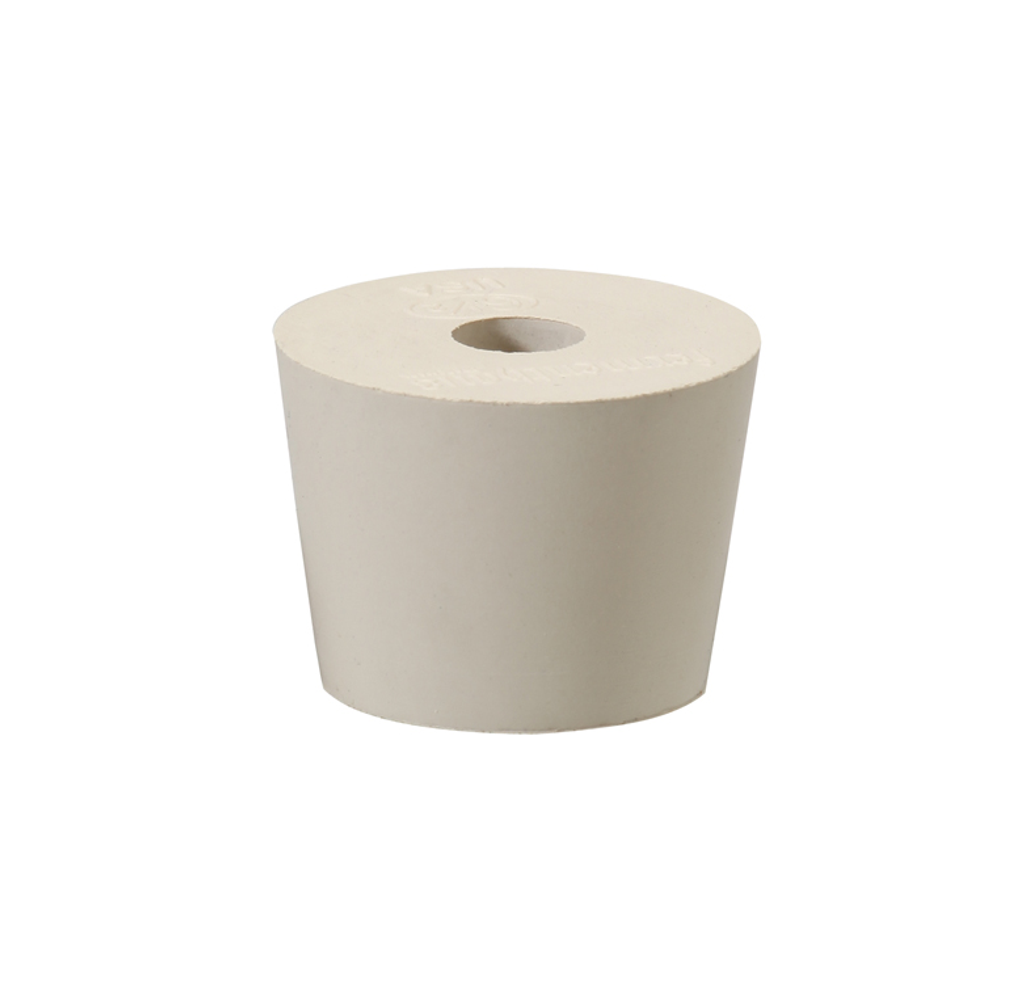
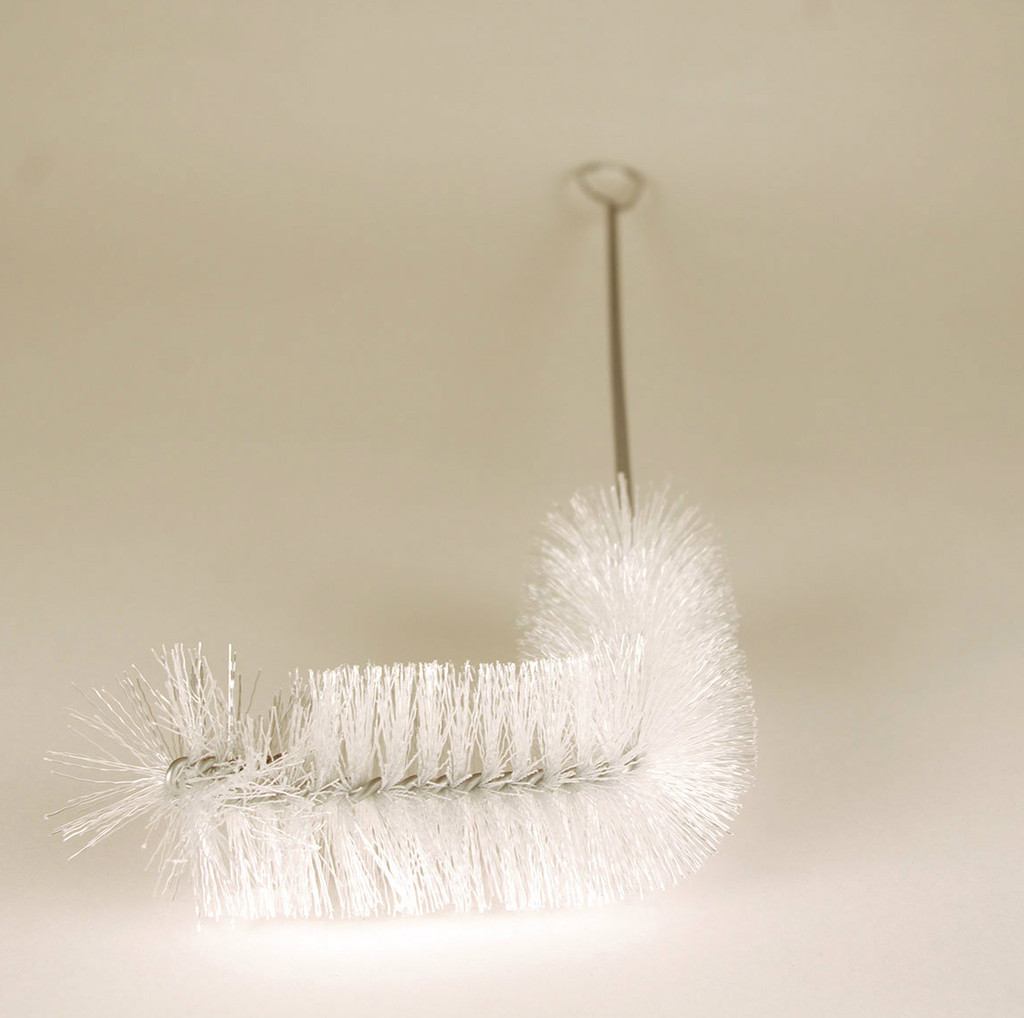
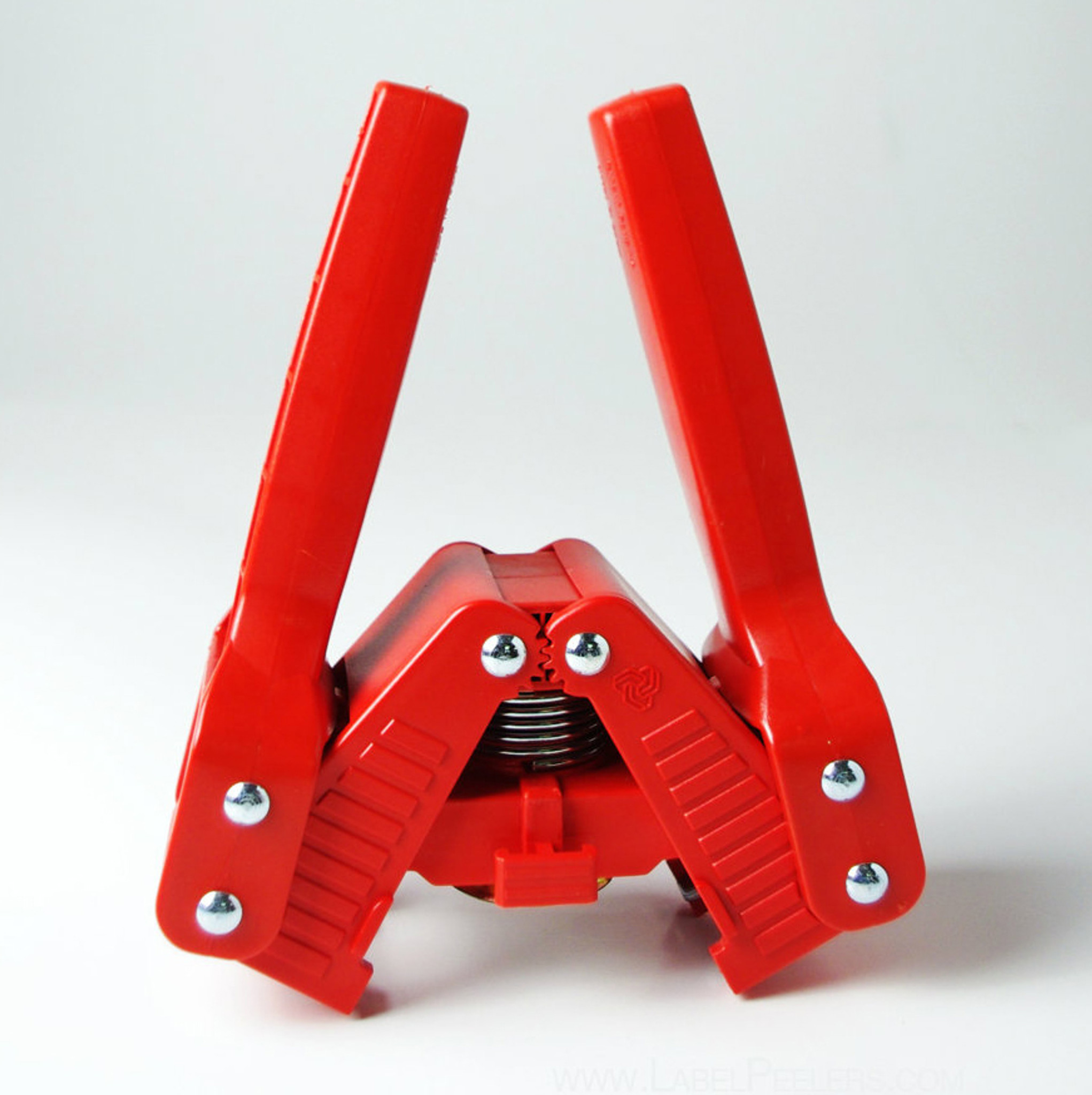 Capper
Capper



